Limit Orders
In this article you will learn what a Limit Article is and examples of how Limit Orders work.
What is a Limit Order?
A limit order is a trading instruction that allows an investor to buy or sell an asset at a predetermined price.
It offers greater precision over the execution price compared to a market order.
Key Features of Limit Orders:
Price Specification: When placing a limit order, you must specify the price at which you are willing to buy or sell the asset. This price is referred to as the "limit price."
Order Book Placement: Upon setting your limit price, the order is added to the order book and waits for a matching order. It will only execute when the market price aligns with your set limit price.
Market Price Considerations:
Limit Buy Orders: These are placed on the order book if the specified limit price is below the current market price.
Limit Sell Orders: These are placed on the order book if the specified limit price is above the current market price.
If the limit price set doesn't align with the above conventions (e.g., setting a buy price that's above the current market price), the order might be executed immediately as a market order, depending on the exchange's policies.
Control Over Execution Price: Unlike market orders that execute immediately at the prevailing market rate, limit orders allow you to define the price at which you are willing to trade. This offers more control but might also mean waiting longer for a match.
Automation Benefit: Once set, limit orders automatically monitor the market for you. This means you don't have to be glued to the screen, and you can capitalize on price movements even when you're not actively watching the market.
Execution Uncertainty: It's essential to note that while a limit order provides price certainty, it doesn't guarantee execution. If the market never hits your set limit price, the order will remain unfilled in the order book.
Limit orders are available on the Backpack Exchange.
Example of a Limit Order
You decide to buy 100 units of crypto asset XYZ and want a price of $45.
The current trading price is $50.
Order Placement: You set a limit buy order for 100 units of XYZ at $45.
Market Movement: XYZ drops to $45 a few days later.
Order Activation:
Available Sell Orders:
70 units at $45
20 units at $44.50
10 units at $44
Your order first matches with the 70 units at $45. Then, it grabs the 20 units available at $44.50, and finally, the 10 units at $44. Your purchase price averages out to slightly below $45, making it a favorable outcome compared to a market order.
Do you have questions or require further information?
Please reach out to us at: support@backpack.exchange.
